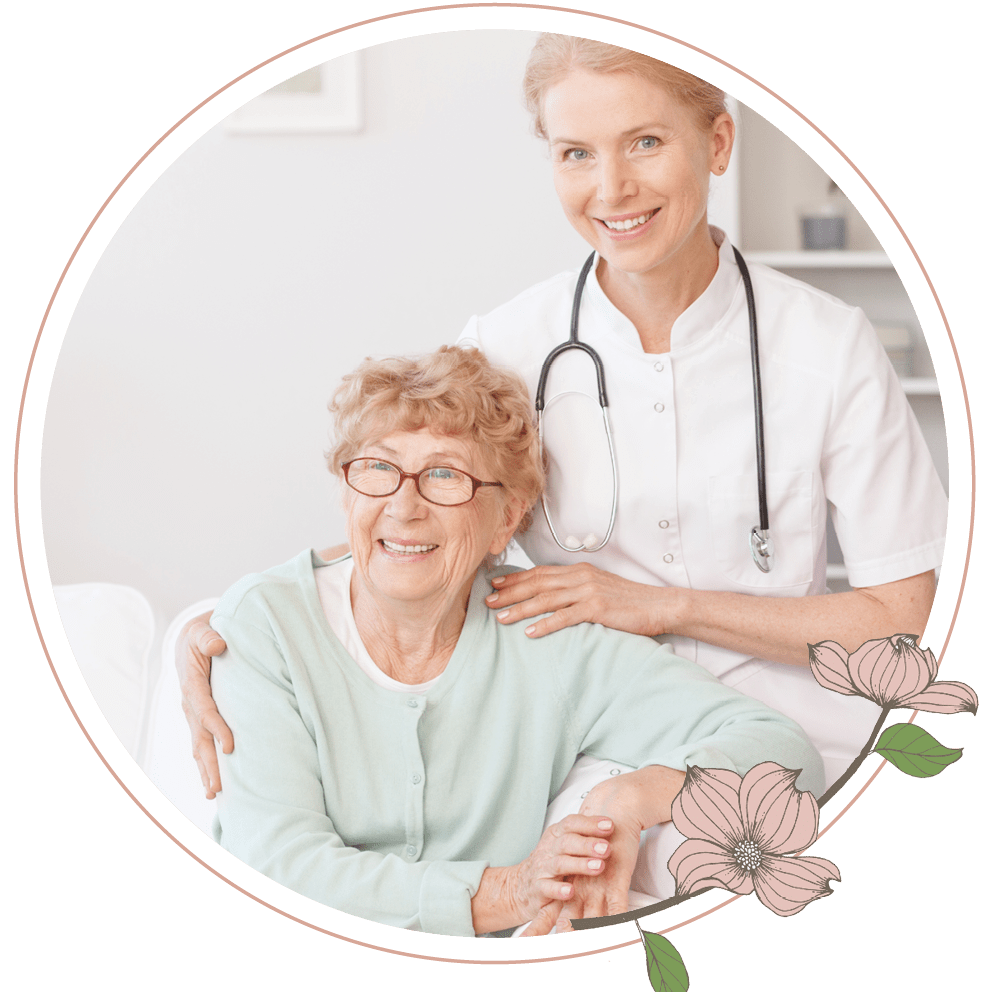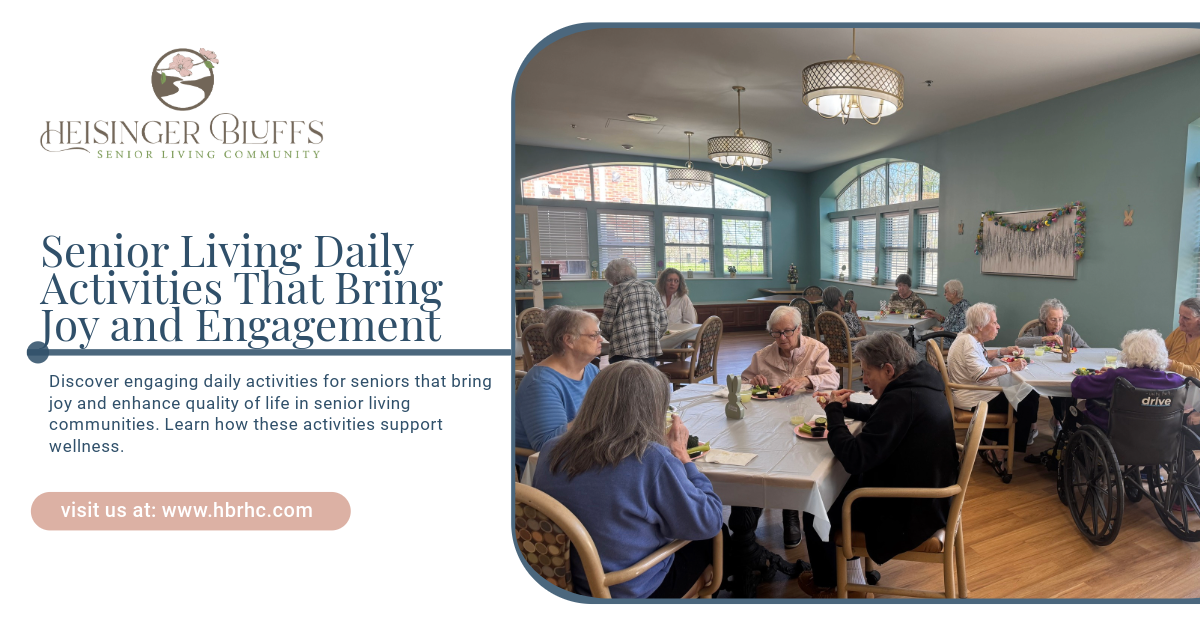Health Benefits of Staying Active in Retirement at Independent Living Communities

Retirement is often seen as a time to slow down and enjoy a well-earned break from the demands of work. However, staying active during retirement is one of the most important steps seniors can take to maintain physical and mental well-being. While the pace of life may change, the need to move, engage, and socialize remains critical for living a healthy and fulfilling life.
Independent living communities provide an ideal environment for seniors to stay active, offering a wide range of fitness programs, recreational activities, walking paths, and social events designed to promote health and well-being. In this blog, we'll explore the many health benefits of staying active in retirement and how independent living communities support seniors in maintaining an active lifestyle.
The Importance of Staying Active in Retirement
Remaining physically active is essential at any age, but for seniors, it is especially vital. As we age, our bodies undergo natural changes, such as decreased muscle mass, reduced bone density, and slower metabolism. Staying active can help counter these changes and improve overall health. Here are some of the key health benefits seniors can enjoy by maintaining an active lifestyle in retirement:
1. Improved Cardiovascular Health
Regular physical activity is one of the most effective ways to improve heart health. Cardiovascular exercises such as walking, swimming, or cycling help strengthen the heart and improve circulation, reducing the risk of heart disease, high blood pressure, and stroke. For seniors, even moderate activities like walking can have a significant positive impact on cardiovascular health.
2. Stronger Muscles and Bones
As people age, they naturally lose muscle mass and bone density, making them more susceptible to falls and fractures. Engaging in strength-training exercises, even with light weights or resistance bands, helps maintain muscle strength and bone density. Weight-bearing activities like walking or yoga can also prevent osteoporosis and reduce the likelihood of injury.
3. Enhanced Mobility and Balance
Staying active is crucial for maintaining mobility, flexibility, and balance, all of which are essential for preventing falls. Regular exercise keeps joints limber, muscles strong, and improves coordination, making it easier for seniors to move around confidently. Balance exercises, in particular, can help seniors maintain stability and reduce the risk of falls.
4. Mental Health and Cognitive Benefits
Physical activity isn’t just good for the body—it’s also great for the mind. Exercise helps improve mood by releasing endorphins, the body’s natural feel-good hormones. Staying active can also reduce symptoms of anxiety and depression, which are common among seniors who may experience isolation or loneliness.
Additionally, regular exercise has been shown to boost cognitive function and delay cognitive decline, lowering the risk of dementia and Alzheimer’s disease. Activities that engage both the body and mind, such as dancing or Tai Chi, are especially beneficial for maintaining cognitive health.
5. Better Sleep Quality
Many seniors struggle with sleep disturbances as they age. Regular physical activity can help improve sleep quality by promoting relaxation, reducing stress, and helping the body maintain its natural circadian rhythm. Exercise can also alleviate conditions like sleep apnea and restless leg syndrome, which can interfere with restful sleep.
6. Weight Management
Maintaining a healthy weight becomes more challenging as metabolism slows with age. Staying active helps seniors burn calories, regulate their weight, and prevent conditions associated with obesity, such as diabetes and heart disease. Even light to moderate physical activity can contribute to better weight management in seniors.
How Independent Living Communities Promote an Active Lifestyle
Independent living communities are designed to support seniors in leading active, vibrant lives. These communities provide a wide range of amenities and programs that make it easier for residents to stay physically active, engage in social activities, and enjoy a high quality of life. Here are some ways independent living communities foster an active lifestyle for seniors:
1. On-Site Fitness Programs
Many independent living communities offer a variety of fitness classes and programs tailored to seniors' needs. From low-impact aerobics to chair yoga and water aerobics, these programs are designed to accommodate different fitness levels and mobility restrictions. Fitness classes provide a structured way for seniors to engage in regular physical activity while also offering opportunities to socialize with other residents.
Fitness programs are often led by certified instructors who understand the unique needs of seniors, ensuring that exercises are safe and effective. Whether it's a daily stretching routine or a group dance class, these programs make it easy for seniors to stay active in a fun and supportive environment.
2. Walking Paths and Outdoor Spaces
Walking is one of the most accessible and beneficial forms of exercise for seniors. Independent living communities often feature well-maintained walking paths that encourage residents to get outside and enjoy nature. These paths may wind through gardens, parks, or scenic areas within the community, providing a pleasant and safe environment for daily walks.
Walking not only supports cardiovascular health and muscle strength but also provides a sense of relaxation and mental clarity. Outdoor spaces like gardens, patios, or courtyards offer additional areas for residents to enjoy fresh air, socialize, or engage in light physical activities.
3. Social Events and Group Activities
Staying socially active is just as important as staying physically active, especially in retirement. Independent living communities organize a wide range of social events and group activities that keep residents engaged and connected. These events often combine physical activity with social interaction, promoting both mental and emotional well-being.
From group nature walks to dance parties, bingo games, and community outings, these activities encourage seniors to stay active while building meaningful relationships with their peers. Engaging in social activities also helps reduce feelings of loneliness and isolation, which can have a negative impact on mental health.
4. Access to Recreational Facilities
In addition to fitness programs and walking paths, many independent living communities provide residents with access to recreational facilities such as swimming pools, fitness centers, and sports courts. Swimming is an excellent low-impact exercise that improves cardiovascular health and joint mobility without putting strain on the body.
Fitness centers equipped with senior-friendly machines and equipment allow residents to engage in strength training, flexibility exercises, or cardio workouts at their own pace. Sports courts for activities like pickleball or bocce ball offer fun, social ways to stay active.
5. Wellness Programs and Health Screenings
Staying active is just one part of maintaining overall health in retirement. Independent living communities often provide wellness programs that focus on holistic well-being, including physical, mental, and emotional health. These programs may include health screenings, nutrition counseling, and stress management workshops, all of which support a healthy lifestyle.
Wellness programs also educate residents about the benefits of staying active and provide resources to help them incorporate regular physical activity into their daily lives. Health screenings ensure that seniors can monitor their physical health and address any concerns early on, further promoting long-term wellness.
Tips for Staying Active in Retirement
While independent living communities provide numerous opportunities for seniors to stay active, it’s also important for individuals to take personal responsibility for their health and fitness. Here are some practical tips for staying active in retirement:
1. Start Slow and Build Consistency
If physical activity hasn’t been a regular part of your routine, it’s important to start slow and gradually increase your activity level. Begin with light exercises like walking or stretching, and aim for consistency over intensity. Even 10-15 minutes of movement each day can make a significant difference in your overall health.
2. Find Activities You Enjoy
Staying active doesn’t have to be a chore. Find activities that you genuinely enjoy, whether it’s dancing, swimming, gardening, or practicing yoga. The more you enjoy the activity, the more likely you are to stick with it in the long term.
3. Incorporate Movement into Your Daily Routine
Look for simple ways to incorporate movement into your daily routine. This could be as easy as taking the stairs instead of the elevator, walking to a nearby store, or doing a few stretches while watching TV. Every bit of movement adds up and contributes to better health.
4. Stay Socially Engaged
Physical activity can be more enjoyable when done with others. Join group fitness classes, walking clubs, or community sports leagues to stay active while also building social connections. Staying socially engaged has the added benefit of boosting mental and emotional well-being.
5. Listen to Your Body
While staying active is important, it’s equally important to listen to your body and avoid overexertion. If you feel pain, discomfort, or fatigue, take a break and rest. Consult with your doctor before starting any new exercise program, especially if you have any pre-existing health conditions.
Supporting Senior Health Through an Active Lifestyle
Staying active in retirement offers numerous physical, mental, and emotional health benefits for seniors. From improved cardiovascular health and stronger muscles to better cognitive function and enhanced emotional well-being, regular physical activity is essential for maintaining a high quality of life in the golden years.
Independent living communities play a key role in promoting an active lifestyle by providing fitness programs, walking paths, recreational facilities, and social events designed to keep residents engaged and healthy. At Heisinger Bluffs, we are committed to helping our residents stay active, healthy, and connected to their community, ensuring they enjoy the full benefits of a vibrant retirement lifestyle.











